Sony WF-1000XM4 Wireless Earbuds
One-minute review
Voted Best In-Ear Headphones at the TechRadar Choice Awards 2021
The latest model in Sony's wildly successful WF-1000 line of true wireless earbuds are smaller, lighter and greener than ever – oh, and the Sony WF-1000XM4 also sound even more articulate and immediate than the model they replace at the top of the range.
It’s true to say there’s no one area (with the possible exception of control-app excellence) in which they truly lead the field; but if you want to beat them for their combination of sound quality, noise-cancelling and battery life you’ll have to buy three pairs of true wireless earbuds.
In every respect, the Sony WF-1000XM4 are either ‘very good’ or ‘very good indeed’ –and taken as a complete package they’re very difficult to lay a glove on.
Compared to their predecessors, the Sony WF-1000XM3, the new wireless earbuds offer enough quality-of-life features to make them worth upgrading to, even if they are slightly more expensive.
A more compact design means the Sony WF-1000XM4 are more comfortable and easier to carry around, while the accompanying app makes it simple to adjust the controls and your EQ settings.
Meanwhile, features taken from the over-ear Sony WH-1000XM4, including Speak-To-Chat, DSEE Extreme audio upscaling, and adaptive noise cancellation, mean you’ll be hard-pressed to find a more comprehensively-specced pair of wireless earbuds.
While other true wireless earbuds surpass the Sony WF-1000XM4 in particular areas – noise cancellation, for example – no other model comes close to offering such excellent quality across the board. That’s why the Sony WF-1000XM4 are hands-down the best true wireless earbuds you can buy today.
- The best noise-cancelling earbuds you can buy today
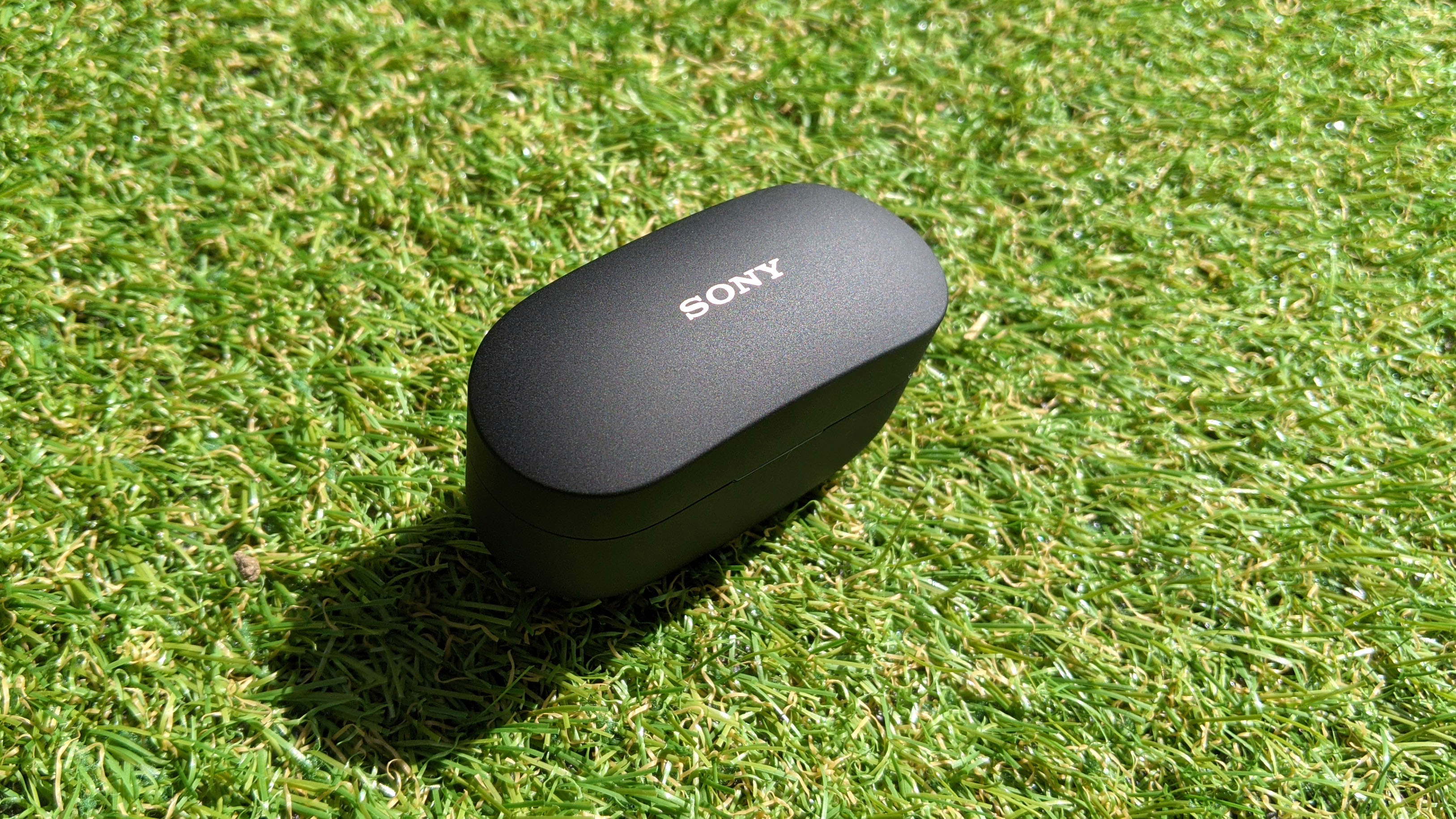
Sony WF-1000XM4 price and release date
- Available now for $279.99 / £250 / AU$449.95
The Sony WF-1000XM4 are on sale now, priced at $279.99 / £250 / AU$449.95, and when you consider that the outgoing WF-1000XM3 started life at a nominal $230 / £220 / AU$399 back in 2019, with the last few pairs currently available for around $170 / £150 / AU$200, that price seems fair enough.
We're expecting to see that price drop even further during Black Friday and Cyber Monday with some early sales seeing $50 off the earbuds, but it's worth keeping an eye on them in case they drop even more.
In terms of the competition, the WF-1000XM4 compares pretty favorably with alternative designs from the likes of Bose, Grado and Sennheiser, and looks a bit of a bargain next to Bowers & Wilkins’ outstanding (and dizzily priced) PI7.
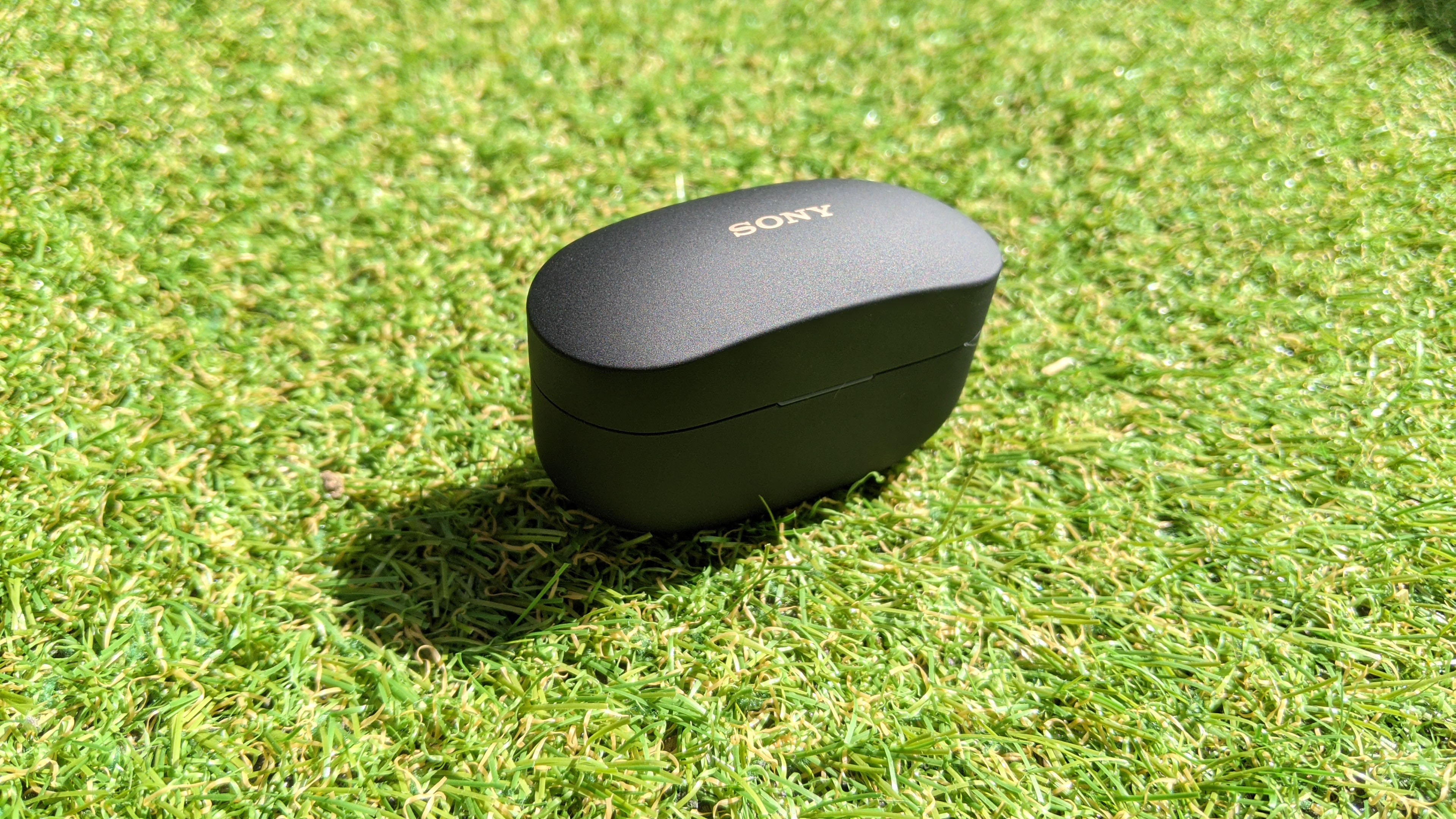
Design and controls
- Smaller than predecessors
- Outstanding control app
- Touch controls
The outgoing WF-1000XM3 gave us plenty of reasons to recommend them, but ‘discretion’ was not high on that list. The earbuds were big, and so was their charging case was big, and Sony has wisely chosen to try and reduce some of this bulk in the news model.
The charging case is a full 40% smaller, while the earbuds themselves are 10% smaller. The fact that they’re still among the heftier examples of this type only serves to illustrate how big the WF-1000XM3 were – but at least the new charging case might conceivably slip into a trouser pocket, while the earbuds don’t protrude from the wearer’s head like a prop in a sci-fi movie.
(Sony has taken a big chunk out of the packaging, too. The box the WF-1000XM4 arrive in is 40% smaller than the WF-1000XM3 box, and it’s entirely paper-based, recyclable and eco-friendly.)
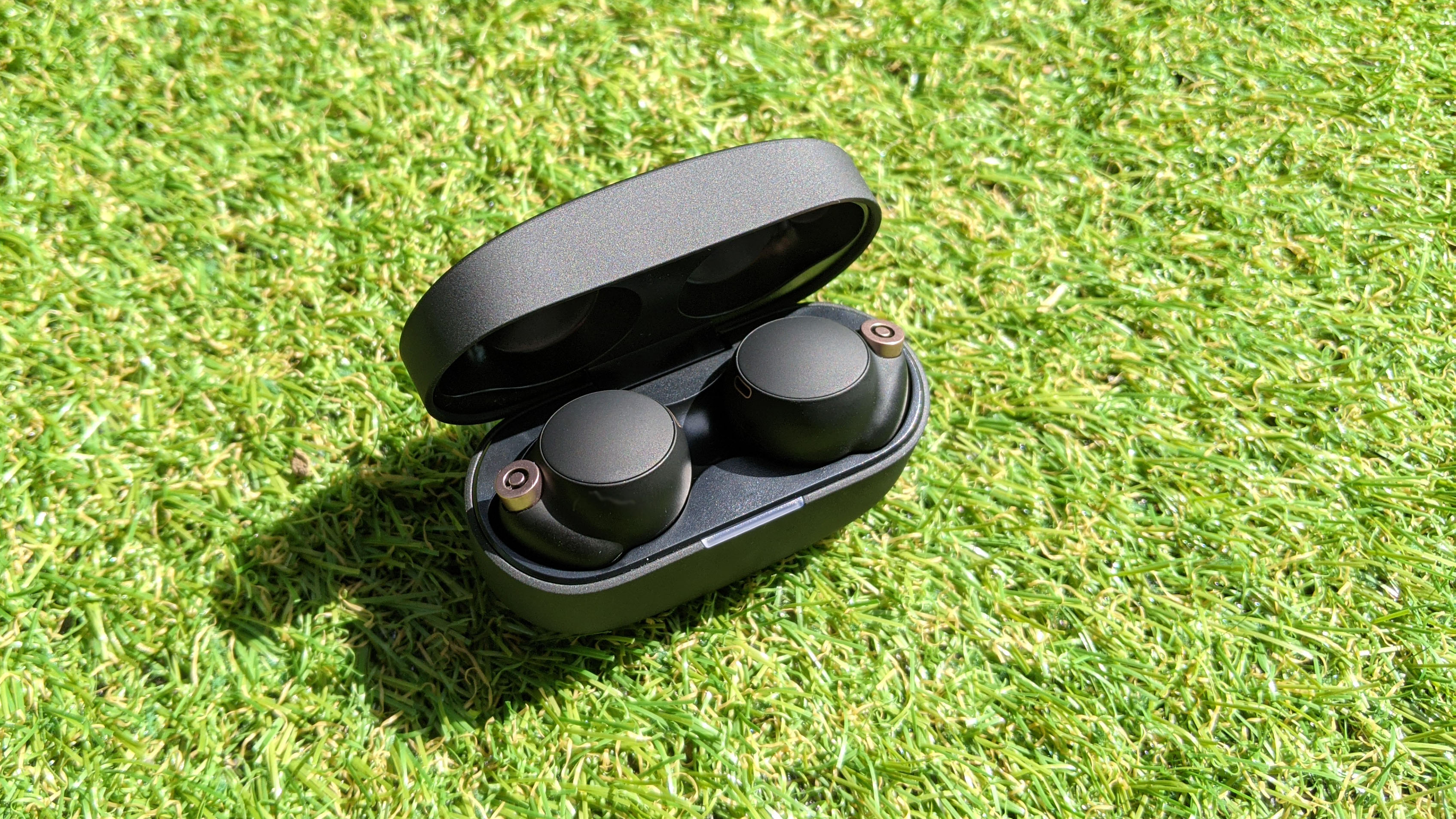
The WF-1000XM4 incorporate some of the features first showcased on last year’s WH-1000XM4 over-ears: active noise-cancellation that can ascertain what you’re doing and where you’re doing it in order to adapt to your circumstances; fast pairing for Android and Windows devices; and ‘speak to chat’, which simply requires you to make a noise in order to pause your music so that you can have a brief chat without removing the earbuds. Noise cancelling is augmented by new polyurethane eartips (small, medium and large are all provided) designed to provide improved passive noise reduction.
Your one-stop-shop for controlling the WF-1000XM4 is Sony’s fully featured, fully stable Headphones app. Here’s where you can fiddle with all the features (both great and small) that are partially duplicated on the capacitive touch surface of each earbud. In the app you can decide what you’d like the left and right earbuds to control: ‘volume up/down’, ‘play/pause/skip forwards/skip backwards/summon voice assistant’, ‘active noise-cancelling on/off/adaptive’, or the rather less helpful ‘nothing assigned’.
There’s also EQ adjustment (the numerous presets include one racily titled ‘Excited’), with space for a custom preset or two, and the option to turn auto-pause and DSEE Extreme on or off. Here’s where you can submit pictures of your ears, too, in an effort to help Sony optimize those music streaming apps that offer 360 Reality Audio or Dolby Atmos, and where you can decide whether you’d like your Bluetooth connection to prioritize sound quality or connection stability.
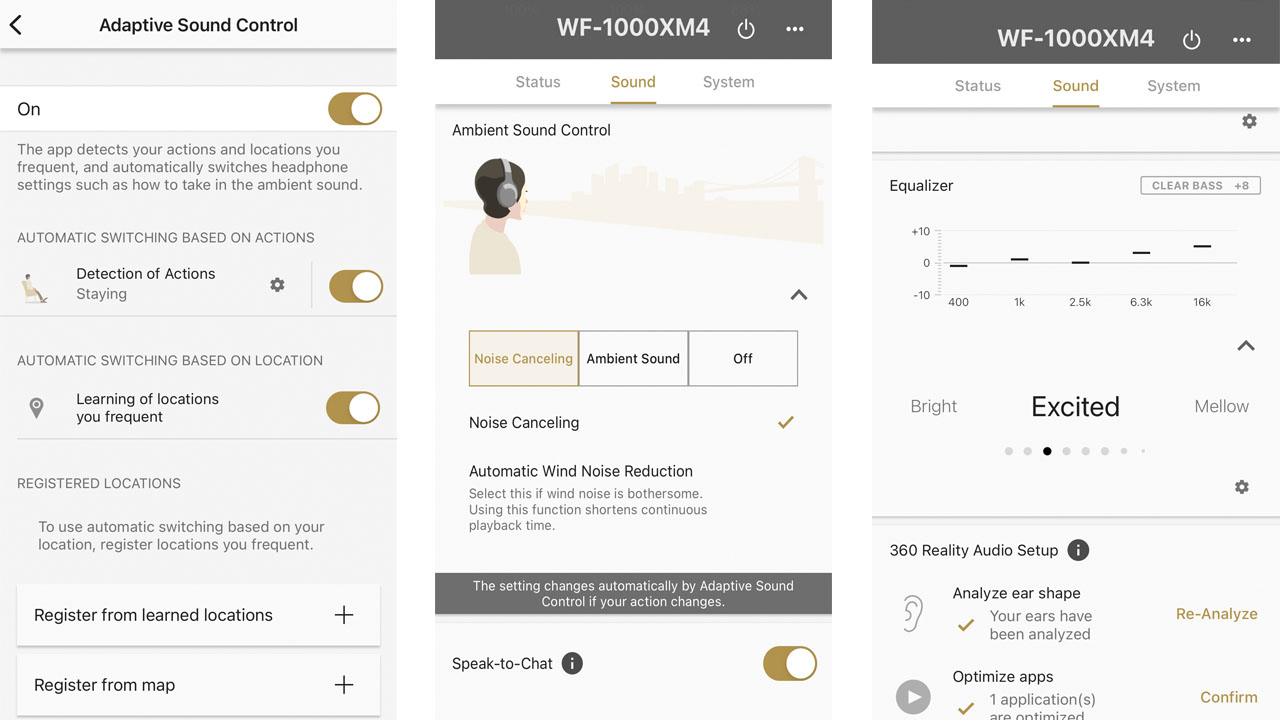
Control is also available via the big three voice assistants – Siri, Google Assistant, and Alexa – which can be summoned via their established ‘wake’ words. No matter your assistant of choice, the WF-1000XM4 prove sharp-eared and alert to instructions, even in unpromisingly noisy environments.
There are three mics in each earbud, taking care of active noise-cancelling, call quality, and interaction with voice assistants. A combination of feed-forward and feed-back mics capture the wearer’s voice directionally (from the mouth), though the feed-forward mics will automatically mute when adverse conditions (wind noise, most likely) are detected. Sony has also included a bone conduction sensor, which picks up voice vibration, but doesn’t register it as ambient sound.
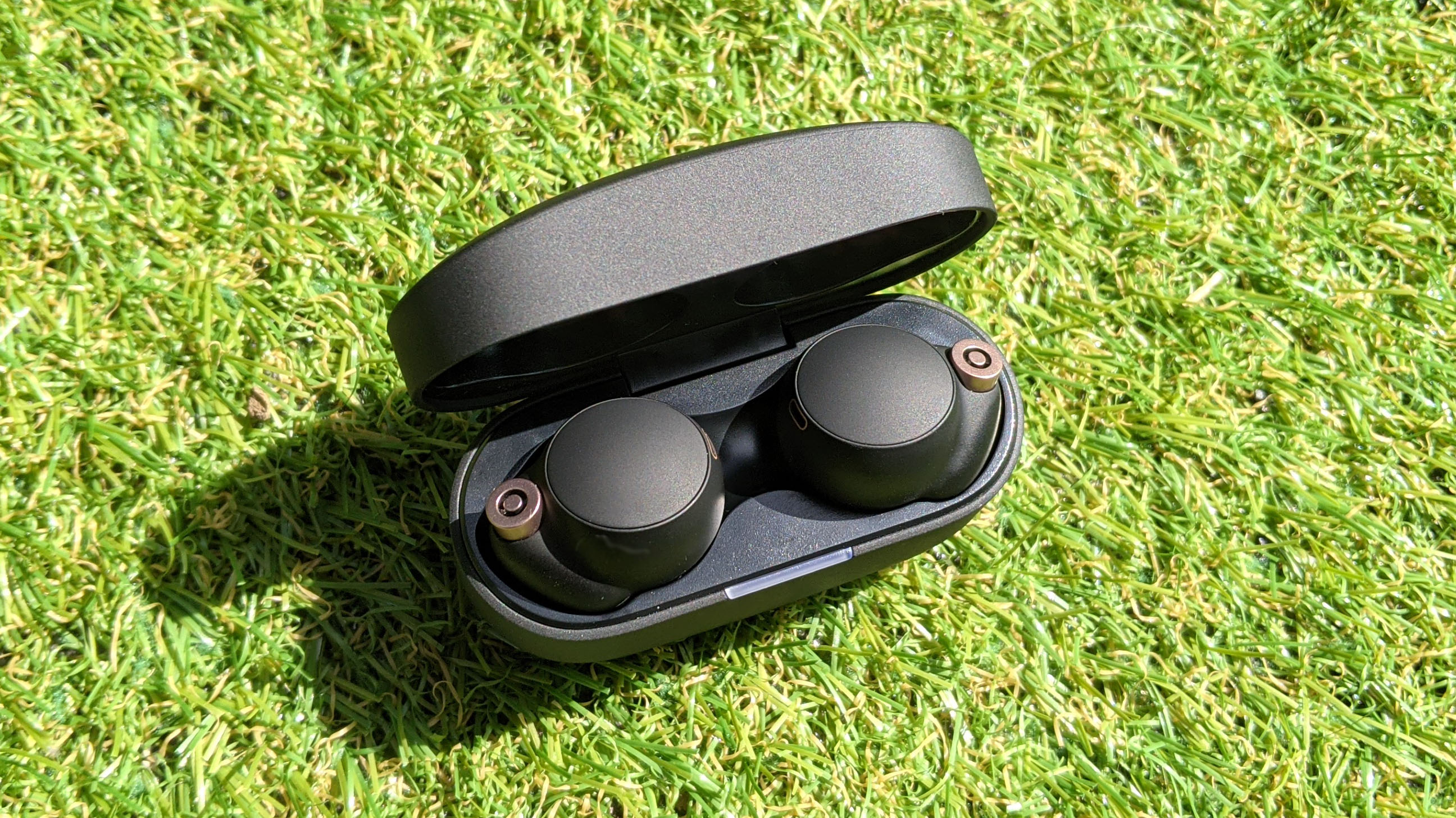
Audio performance and noise cancellation
- Balanced, driving, poised and convincing sound
- Pretty good noise cancellation
- Great dynamic and rhythmic ability
Positioning the WF-1000XM4 comfortably takes a little longer than it really should – we found them a little fiddly to insert, and felt they should fit more deeply in the ear than is the case – but once it’s done you can set up the touch controls, the EQ levels and the myriad other options to your liking. All done? Good. Time to stick some music on.
We kicked off our testing with a Tidal Masters file of Burner by Ross From Friends, and the WF-1000XM4 immediately impressed. They don’t give any area of the frequency range undue prominence, they don’t let any details go unnoticed, and they don’t let rhythms or tempos hang around. There’s vigor and enthusiasm to their presentation, but it’s tempered by unarguable control.
Down at the bottom end, the earbuds freight bass sounds with substance, texture, and an absolute stack of detail. There’s drive and momentum to spare here, but the WF-1000XM4 never lose the run of themselves – there’s an equal amount of poise to go along with it. Entry into and exit from bass notes is clean and well-defined, which helps prevent the bottom end smearing up into the midrange.
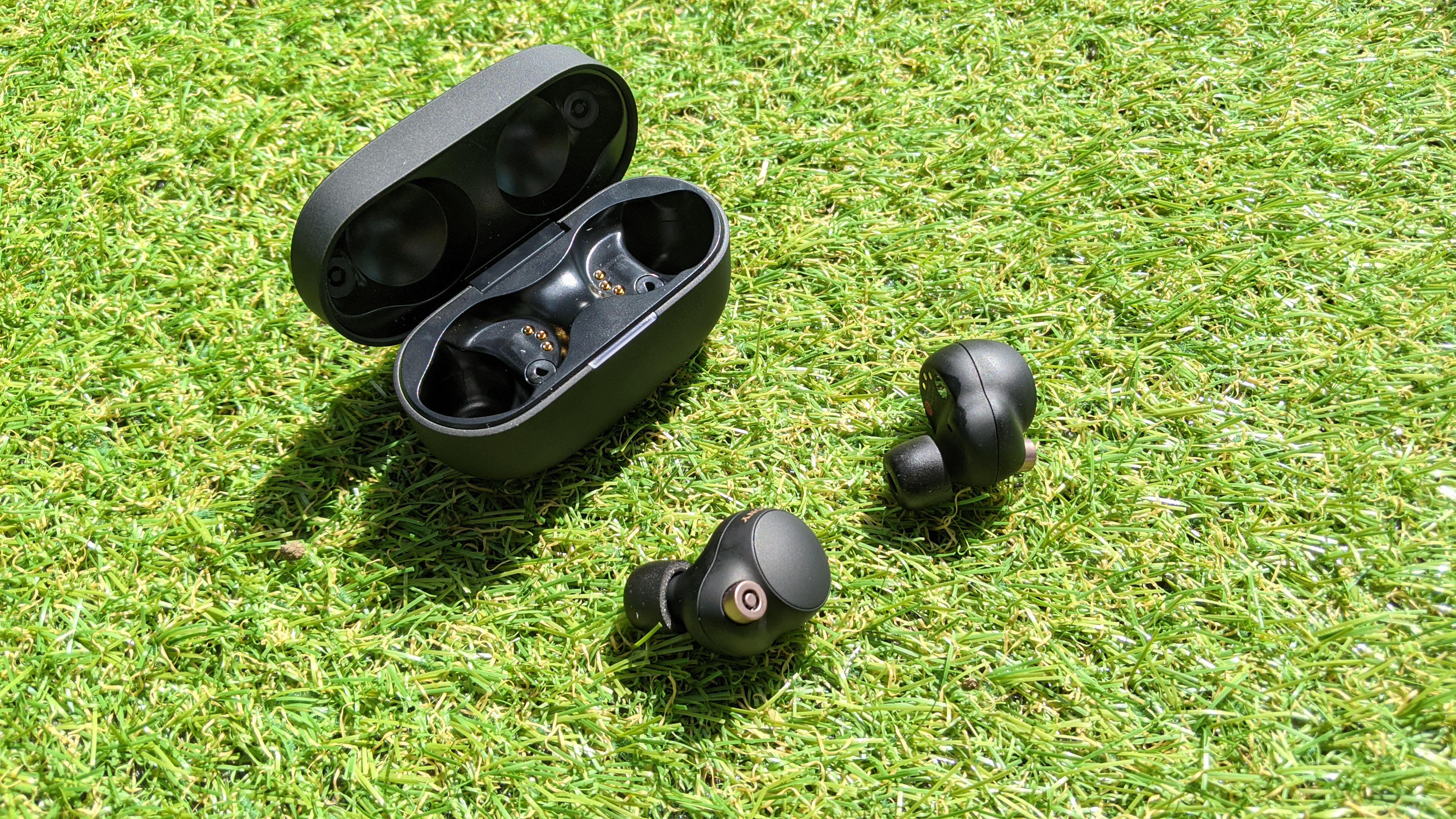
The midrange itself is equally information-rich – listening to Kate Bush’s Lake Tahoe, the ability of the WF-1000XM4 to identify and incorporate the tiniest details or the most fleeting transients into a much broader picture was obvious. ‘Communicative’ may seem a redundant word when discussing a person’s singing voice, but here it’s absolutely appropriate: if they’re anything, the WF-1000XM4 are communicative.
The handover from midrange to top end is smooth and naturalistic, and treble sounds themselves have plenty of shine and bite without ever getting shouty about it. Both Kate Bush and Ross From Friends are more than happy to pile on the high-frequency information, but the WF-1000XM4 control it as deftly as they do the rest of the frequency range.
(All of the above assumes an unchanged EQ setting, we should point out. Sony is slightly unusual in allowing the end-user to fiddle endlessly with the sound of their earbuds, but the most natural and convincing sound comes from the WF-1000XM4 when their EQ is flat.)
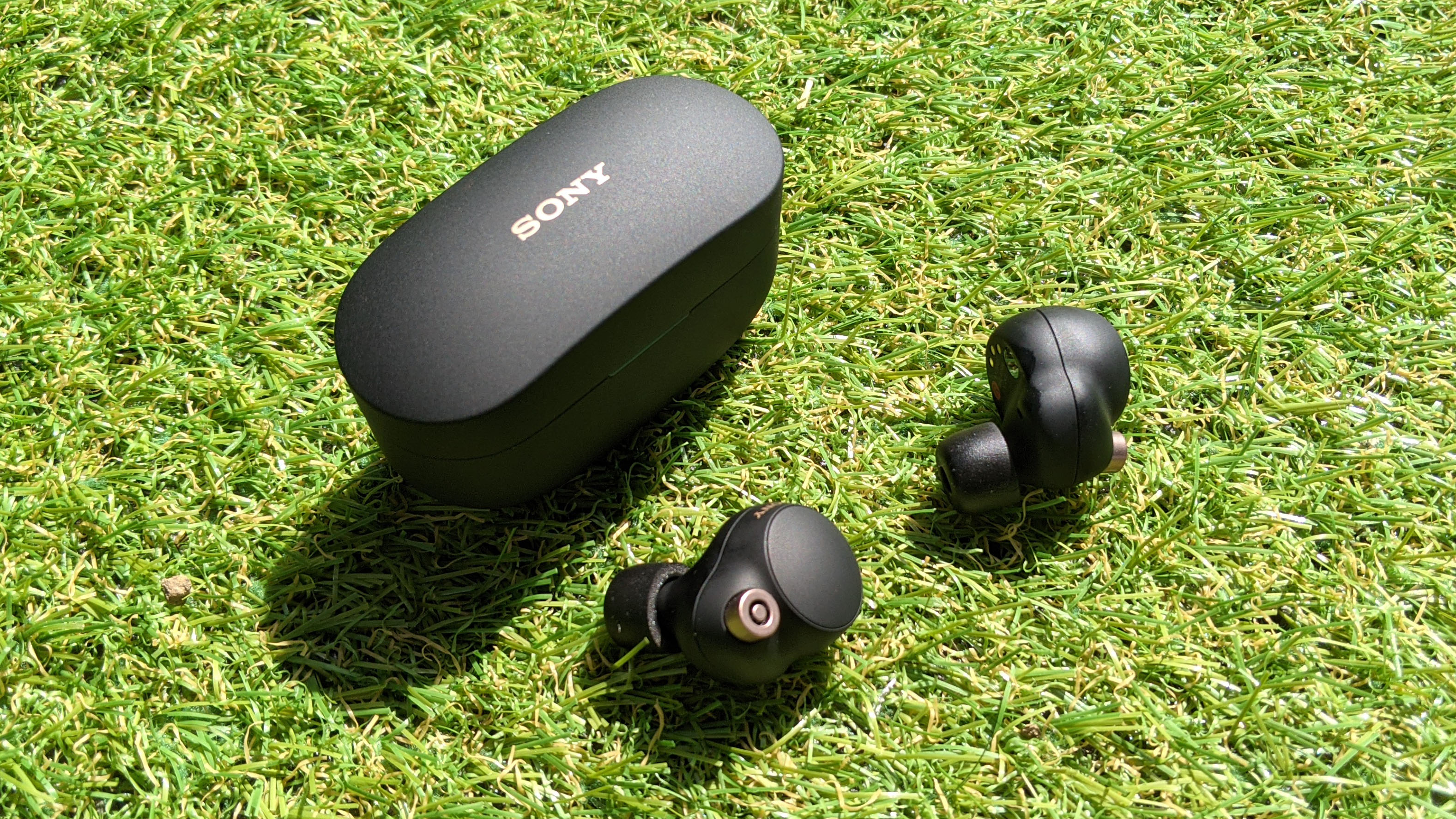
Dynamically, too, there's little to criticize. The WF-1000XM4 are capable of switching from ‘ear-splitting’ to ‘almost silent’ and back again in an instant, and even the most subtle harmonic dynamics of Bush’s piano-playing are given full description too. As far as rhythmic certainty and expression goes, their combination of control and attack ensures that, like James Brown, they’re always on the good foot. All of this is helped no end by convincingly natural timing and unity of presentation.
The active noise cancelling is a success of the slightly more qualified kind. The problem for every other pair of ANC true wireless earbuds is that the Bose QuietComfort Earbuds have demonstrated that it’s possible to utterly reject external sounds, without leaving any counter-signal and without impacting on the quality of the music you’re listening to.
The WF-1000XM4 can’t quite pull off the same trick – but they certainly minimize the impact of ambient noise on your listening experience. They may not be the market leader where noise-cancellation is concerned but, for most of the people most of the time, they’re extremely capable.
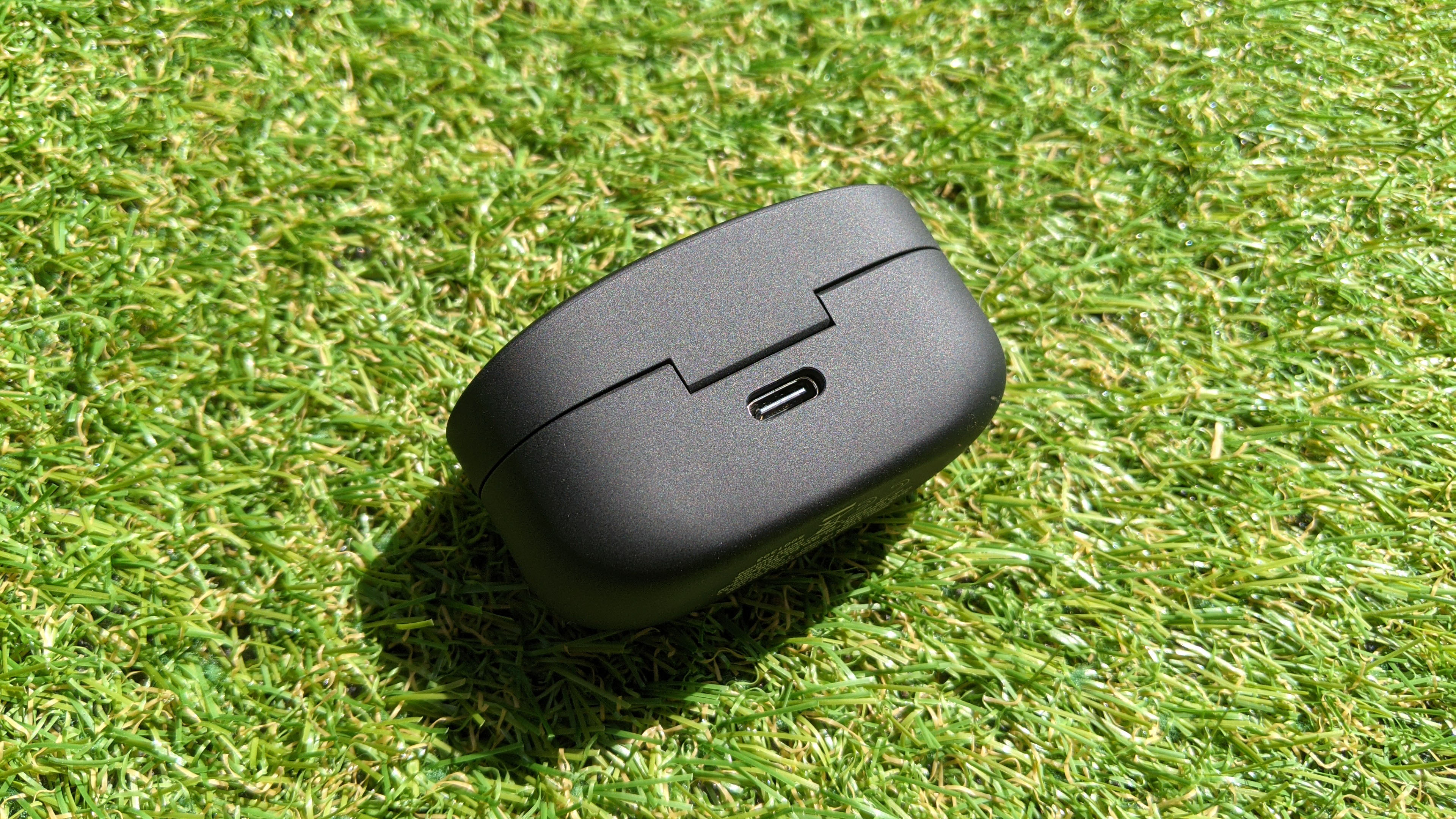
Battery life and connectivity
- Eight hours onboard battery life
- Wireless charging
- Bluetooth 5.2
Even within the new and reduced physical dimensions of the WF-1000XM4 there’s much more going on than there was before. Connectivity is now via Bluetooth 5.2, which means simultaneous transmission to the left and right earbuds, and (when using Sony’s bespoke LDAC codec) Hi-Res Audio Wireless certification.
Bluetooth 5.2 should, in theory, mean better battery life, too – but the best-case real-world scenario of 24 hours (between eight and 12 in the earbuds, depending on whether active noise cancellation is on or off, plus another couple of charges in the case) is really nothing special. Still, at least the WF-1000XM4 are Qi charging pad-compatible, and five minutes plugged into an outlet will deliver another hour of action.
As well as LDAC, the WF-1000XM4 are compatible with SBC and AAC codecs – but there’s no sign of aptX in any of its guises. They also incorporate DSEE Extreme capability, in case you’re a believer in an algorithm supposedly capable of extracting high-resolution sound from a standard-definition digital audio file (we've never been entirely convinced).
Should I buy the Sony WF-1000XM4 Wireless Earbuds?
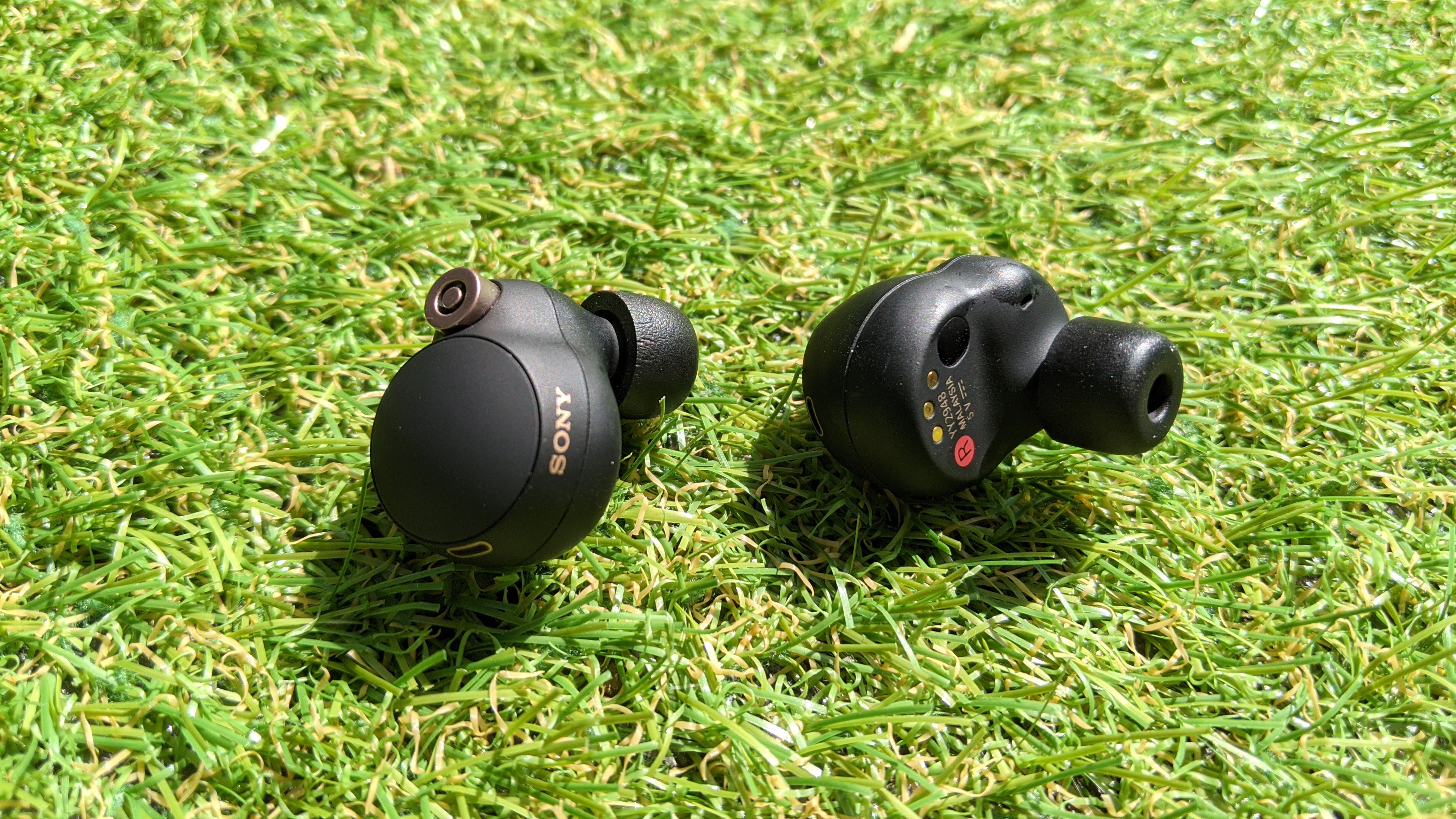
Buy them if...
You need the best all-round true wireless earbuds
The WF-1000XM4 can be beaten (just a little) for sound quality, and for noise-cancelling, and for comfort – but only by a combination of alternative models.
You know a great control app when you use one
The Sony Headphone app is an absolute tour de force of stability, functionality and general usefulness.
You love life's little conveniences
‘Speak to chat’. Adaptive noise-cancelling. ‘Quick attention’. IPX4. The WF-1000XM4 just want to make your life easier.
Don't buy them if...
Noise cancelling is more important than sound quality
Taken on their own, the WF-1000XM4 cancel noise well. But other true wireless buds – the Bose QuietComfort Earbuds in particular– do it better.
You’re away from an outlet for long periods
A best-case 24 hours of battery life isn't bad, but it isn't anything special either.
You think aptX is the pinnacle of wireless sound quality
Sony doesn’t agree, but its LDAC is a good alternative, and is supported by most newer Android phones (sorry iPhone users).
- Check out our guide to the best wireless earbuds for the competition
0 comments:
Post a Comment